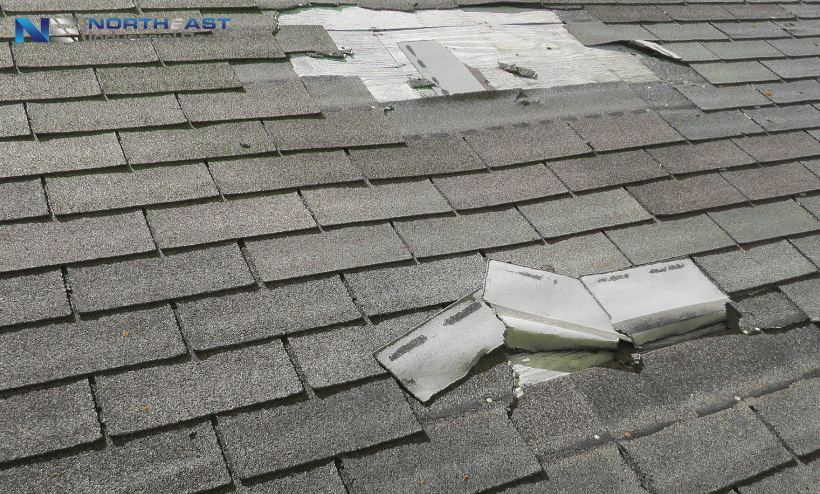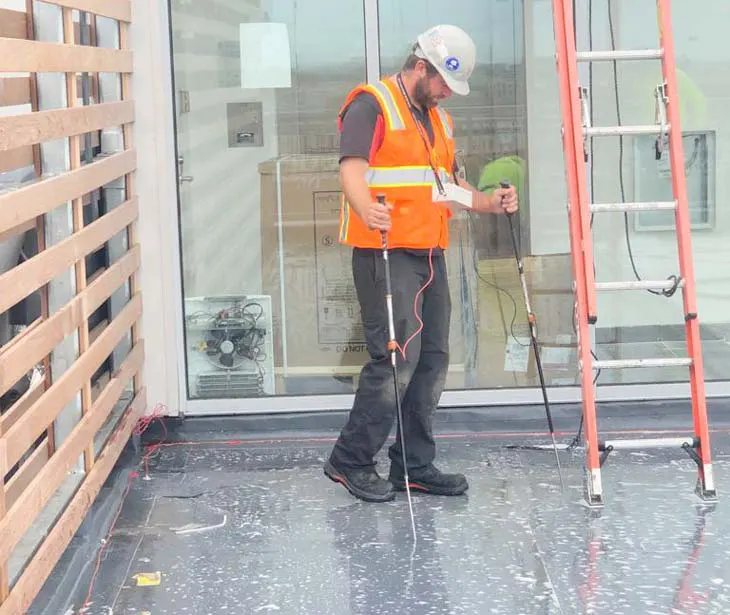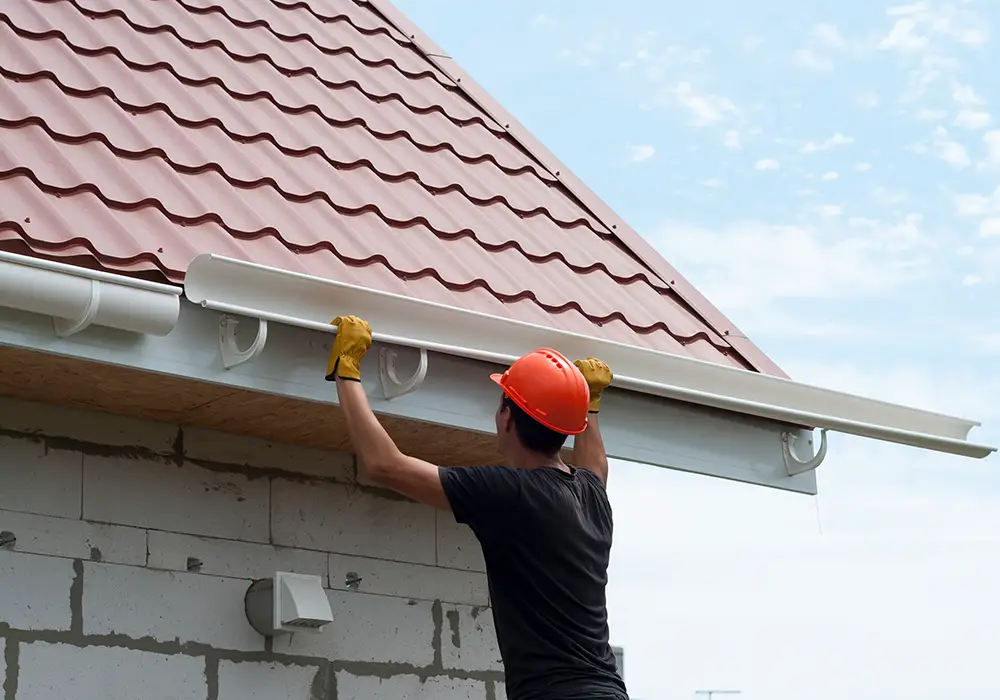How Long Your New Roof Will Last
February 4th, 2023
Medford, MA is a historic city with a rich colonial history. The city is also home to a large number of families and businesses. As a result, Medford has a wide variety of roofing styles and materials. The most common type of roof in Medford is the asphalt shingle roof. Asphalt shingles are durable and can last for up to 20 years with proper maintenance. However, Medford also has a number of older homes with slate roofs. Slate is an extremely durable material that can last for centuries if properly cared for. However, slate roofs are also very expensive to install and repair. Medford also has a number of metal roofs. Metal roofs are becoming increasingly popular due to their durability and low maintenance requirements. Metal roofs can last for over 50 years with proper care. If you are considering a new roof for your Medford home, be sure to consult with a qualified roofing contractor to determine the best option for your needs.

Warning Signs You Need a New Roof
Your roof is one of the most important components of your home, so it’s important to keep it in good condition. Here are a few warning signs that you may need a new roof:
- Your roof is more than 20 years old. As shingles age, they become more prone to damage and failure. If your roof is approaching or has surpassed the 20-year mark, it’s time to start thinking about replacement.
- You’re seeing signs of water damage inside your home. Water stains on walls or ceilings, peeling paint, and mold are all indications that your roof isn’t doing its job of keeping water out.
- Your energy bills are increasing for no apparent reason. A leaking roof can cause your heating and cooling costs to go up, as well as put stress on your HVAC system. If you’ve noticed a sudden spike in your energy bills, it could be due to a roofing issue.
- There are missing or damaged shingles on your roof. High winds and severe weather can cause shingles to come loose or even be torn off entirely. If you see any damage, it’s important to have it repaired as soon as possible to prevent further damage to your roof and home.
- Your gutters are full of shingle granules. Shingle granules are made of asphalt and they protect the shingle from UV rays and excessive heat. If you notice an increase in granules in your gutters, it means that the protective layer is wearing away and the shingle is beginning to degrade. This is a sure sign that you need a new roof.
Factors that Impact the Average Lifespan of Your Roof
There are a number of factors that can impact the lifespan of your roof. The type of roof you have installed will make the biggest difference. A metal roof can last up to 50 years, while asphalt shingles need to be replaced every 20 to 30 years. The climate in your area is also a factor. Extremes of heat and cold can cause premature wear and tear on your roof. Another important consideration is the amount of sun exposure your roof gets. Prolonged exposure to UV rays can damage the materials, making them more susceptible to wind and water damage. Finally, the quality of the materials used in your roof will also affect its lifespan. Cheaper materials are more likely to fail sooner than those that are made with higher-quality materials. By taking all of these factors into account, you can get a better sense of how long your roof will last and plan accordingly for any necessary repairs or replacements.
Type of Materials:
The three types of materials are natural, man-made, and recyclable. Natural materials are things like wood, cotton, and stone. Man-made materials are things like plastic, concrete, and metal. Recyclable materials are things like glass, paper, and aluminum. Each type of material has its own set of benefits and drawbacks. Natural materials are usually more durable than man-made materials, but they can be more expensive. Man-made materials are often less expensive than natural materials, but they can be less durable. Recyclable materials can be recycled over and over again, but they might not be as strong as other types of materials. Ultimately, the type of material you choose should depend on your needs and preferences.
Quality of Materials:
The term quality of materials usually refers to the composition or standard of the items used in the manufacturing process of a product. The three key characteristics generally looked at when assessing quality are durability, performance, and aesthetic appeal. Higher quality materials are typically more durable, meaning they will last longer and stand up better to wear and tear. They may also perform better than lower quality materials – for example, insulation that offers greater resistance to heat or sound. Finally, higher quality materials often have a more pleasing appearance, which can be important in products such as furniture or clothing. When purchasing products, it is important to consider the quality of materials used as this can impact both the function and the longevity of the item.
Underlayment:
Underlayment is one of the most important aspects of a roofing system, yet it is often overlooked. This hidden layer of protection plays a vital role in prolonging the life of a roof by providing an additional barrier against the elements. Along with helping to prevent leaks, underlayment also provides added insulation and helps to reduce noise from rain and hail. When choosing an underlayment for your home, it is important to select a product that is breathable and compatible with your shingles. With so many options on the market, it can be difficult to know where to start.
The Workmanship of Installation:
The workmanship of installation is important for the safety of your family and the stability of your home. A poor installation can lead to problems with air leaks, moisture damage, and even structural problems. That’s why it’s so important to choose a contractor who has a proven track record of quality workmanship. When you choose a contractor, be sure to ask about their experience installing the type of product you’re interested in. Also, ask to see photos of previous installations. This will give you a good sense of the contractor’s attention to detail and commitment to quality workmanship. Once you’ve selected a contractor, be sure to communicate your expectations clearly. This will help to ensure that your project is completed to your satisfaction.






